5 Cities With Model Parks Systems
Can Milwaukee learn lessons from them on how to fund its parks?
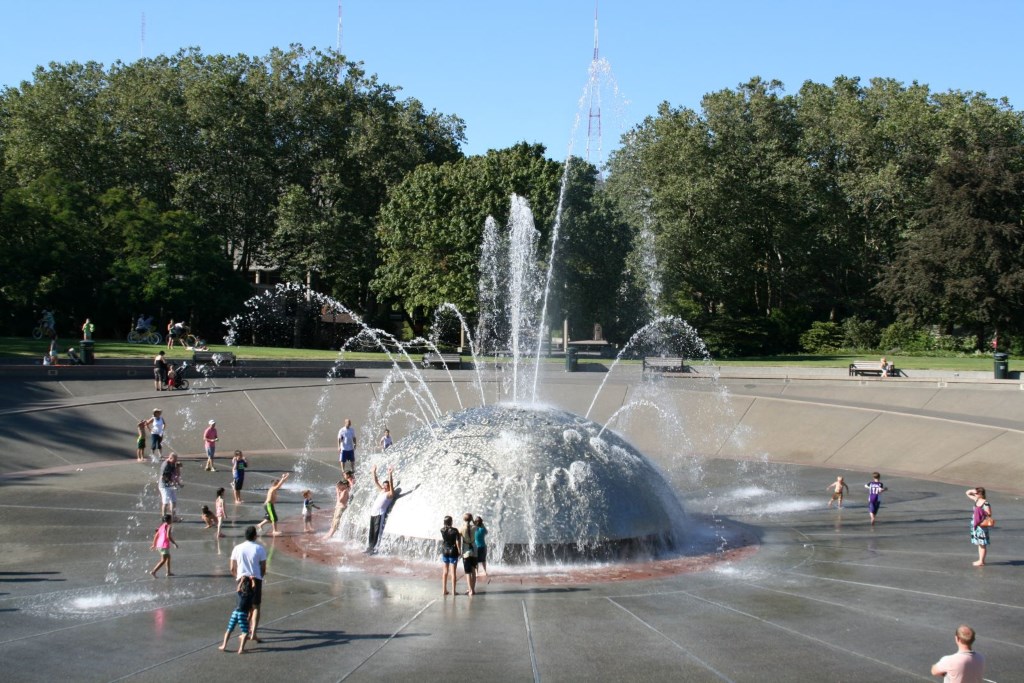
The International Fountain at the Seattle Center (home of the Space Needle) functions as a de-facto public pool Photo by Jeramey Jannene.
Milwaukee County’s park system has been declining for decades. Operating and capital budgets have been continually slashed. Deferred maintenance totals hundreds of millions. The signs of decline are visible in many parks. To remain livable and competitive, Milwaukee County needs to find more ways to fund its parks.
Information was gathered first-hand and from published data. The Trust for Public Land’s annual “ParkScore Index” ranks the 100 most-populous U.S. cities, based on comparable metrics.
For purposes of comparison to the five cities below, Milwaukee’s 2016 ParkScore ranking is #27 of 100 cities; total public investment in parks is $89 per capita; parks as percentage of city land is 8.7 percent. Milwaukee County Parks are primarily funded through non-dedicated tax-levy allocations and “earned income” from fees and concessions. Sponsorships and grants supplement the budget. Donations for park projects are processed by The Park People of Milwaukee County, a nonprofit friends-groups umbrella organization.
Boston
ParkScore ranking: #9; public investment in parks: $122 per capita; parks as percentage of city land: 17 percent.
Boston boasts an impressive parks legacy. It’s home to six contiguous parks designed by Frederick Law Olmsted, and the Boston Common, America’s oldest public park. The Parks and Recreation Department is part of city government. The unpaid Parks & Recreation Commission “creates park rules and reviews construction within 100 feet of a park or parkway to assess and reduce impacts.”
Primary funding for operating and capital comes from a non-dedicated tax levy. The Fund for Parks & Recreation is an in-house conduit for philanthropy–about $400,000 annually for 800 special events. Voters approved a “Community Preservation Act” ballot initiative in November to support parks, open space, historic preservation and affordable housing.
Founded in 1970, Friends of the Public Garden has 2,500 members and does stewardship and advocacy for Boston’s first public parks–Boston Common, Public Garden, and Commonwealth Avenue Mall. The group hired its first paid executive director in 2006 and has “continued to be a strong voice in protecting these parks against encroachment” and overuse. The group advocated for a 1990 law that protects Boston’s historic parks from shadows cast by tall buildings.
By the 1990s, Olmsted’s Emerald Necklace parks had declined until a park commissioner garnered support for their restoration, including the removal of destructive invasive grasses. Founded in 1998, the Emerald Necklace Conservancy works to “maintain, restore and protect” 1,200 acres of parks in concert with three public partners. The nonprofit stewardship organization has a $1.9-million budget, 10 full-time staff and an “ever-expanding cadre of volunteers.”
Chicago
ParkScore Ranking: #15; public investment in parks: $172 per capita; parks as percentage of city land: 9.2 percent.
“The City in a Garden” has been Chicago’s motto since the 1830s. In 1934, the Chicago Park District consolidated 22 districts to “streamline operations.” A seven-member board appointed by the mayor governs the autonomous agency. Continually acquiring land, the District recently added 800 acres. Millennium Park offers year-round free programming and is a model urban park driving economic prosperity.
About two-thirds of District funding is from dedicated property taxes. Other revenues come from golf and harbor fees, and Soldier Field stadium, which it owns and operates. Income from concerts and other special events supports neighborhood parks.
Parks-advocating mayors, citizen advisers and numerous nonprofit organizations have helped the District remain a self-described “leading provider of green space and recreation.” Chicago’s 180 volunteer Park Advisory Councils each support a specific park.
Founded in 1975, Friends of the Parks works to “preserve, protect, improve and promote” parks and open space. They conduct programmatic, educational, and advocacy efforts supported by members, donors, volunteers and partnerships with environmental, governmental and corporate organizations. Established in 2012, the Chicago Parks Foundation “provides grant management…and supports community groups who wish to fund raise for park-specific projects or programs.”
The Grant Park Conservancy enhances Chicago’s 319-acre “front yard” (which includes Millennium and adjacent Maggie Daley parks) by raising “private-sector dollars to match public funding,” to “make it a truly lively civic space.” The Garfield Park Conservatory Alliance describes the 1908 conservatory as “one of the largest and most stunning” glasshouses nationwide and reports raising “millions for educational programming, community relations, and visitor services.”
Madison
ParkScore Ranking: #10; total public investment in parks: $122 per capita; parks as percentage of city land: 13.4 percent.
NerdWallet named Madison “the greenest city in the U.S.” in 2014. Wisconsin’s capital has continually increased parkland, adding 362 new acres since 2006. Olbrich Botanical Garden opened in 1978 and its tropical Belz Conservatory in 1989. Greater Madison boasts more than 200 miles of biking and hiking trails.
Mayor Paul Soglin has long advocated for all types of citywide parks during 19 years in that office, intermittently, since 1973. The Board of Park Commissioners (five appointed citizens and two alderpersons) governs Madison’s Parks Division. Staff and appointed volunteers develop Madison’s Park and Open Space Plan, informed by “field-validated observation of park users in a sample selection of parks” and extensive outreach “to gather input on recreation preferences.” Following public hearings, the plan is adopted by the Parks Board and Madison’s Common Council and “updated every five years to stay current with changing recreational trends, demographics, and park needs.”
Non-dedicated property taxes currently fund 60 percent of the parks budget. Property owners within downtown’s State Street Mall/Capitol Square district pay a special annual charge to help cover that area’s maintenance. All Madison property owners pay an urban forestry fee. Since the 1990s, developers have paid impact fees to support parkland acquisition and capital infrastructure in districts where they are collected. Those fees represent 14 percent of the total parks budget.
The Madison Parks Foundation (volunteers aided by part-time staff) raises funds for park enhancements, swim-lesson scholarships and replacing trees lost to blight. It also facilitates donations to neighborhood parks.
Minneapolis
ParkScore Ranking: #1 (annually since 2013); public investment in parks: $275 per capita; parks as percentage of city land: 12.5 percent
In 1883, Minneapolis citizens voted to create a Board of Park Commissioners, which is credited with building and consistently maintaining this model park system. Renowned landscape architect Horace Cleveland designed the system, which features many natural lakes and the “Grand Rounds” network of scenic byways.
The Minneapolis Park and Recreation Board, an independent, semi-autonomous body, has nine elected commissioners who are part-time employees. The MPRB manages a dedicated tax levy, developer impact fees, and a Tree Preservation and Reforestation Levy to address losses from emerald ash borer and storms. Large “regional parks” get funding from the Metropolitan Council, Minnesota’s Parks and Trails Fund, the Minnesota Lottery and a 3/8-cent sales tax, in addition to local and federal funding.
This year, the MPRB and City Council jointly adopted a “landmark initiative” to ensure that at least $11 million in capital funding will be designated annually for Minneapolis’s 160 “neighborhood parks.” It will reverse chronic underfunding of these smaller parks. The trail-blazing, criteria-based system assesses conditions and service levels while also considering racial and economic equity.
Committed to inclusiveness, the Parks Board’s website translates all information into 15 languages. Its “Park Stewards” program enables volunteers to “restore, maintain and beautify gardens and natural areas.”
The website notes that the Minneapolis Parks Foundation, an independent, donor-supported nonprofit, “brings visionary leadership, philanthropic investment and private-sector expertise to support innovation and equity throughout the Minneapolis park system.” Five-full-time staffers work closely with the MPRB, including on the RiverFirst Initiative, an ambitious long-term re-imagining of the Upper Mississippi Riverfront.
Seattle
ParkScore Ranking: #13; public investment in parks: $224 per capita; parks as percentage of city land: 14.9 percent.
Beginning in 1903, the Olmsted Brothers firm spent 34 years creating Seattle parks. John Charles Olmsted, a key colleague of his stepfather Frederick Law Olmsted since 1875, was lead designer for 37 parks and playgrounds and linking boulevards. A history by Friends of Seattle’s Olmsted Parks notes, “Park planners across the country recognize Seattle’s Olmsted park system as one of the best preserved and best designed” in the U.S., making Seattle “one of the most livable spots in the country.”
In 2014, voters approved creation of the Seattle Park District, an independent entity with taxing authority and governed by the Seattle City Council as the District’s board. A community board, the District Oversight Committee, advises the mayor, City Council, and parks superintendent about parks issues. 2016 capital funding came from the District, various city funds, a federal Community Development Block Grant, the Central Waterfront Improvement Fund and King County.
Founded in 1975, the nonprofit Associated Recreation Council offers recreational and lifelong learning programs, classes and activities in partnership with parks staff. ARC advocates for citywide services and coordinates 36 Park Advisory Councils.
With five full-time and three part-time staff, and a $900,000 operating budget, the Seattle Parks Foundation manages 57 active projects and millions annually in restricted gifts. It “supports community-led public space initiatives, working with volunteers, donors, and community and public-sector leaders to build and sustain…thriving and connected public spaces…that improve the health and happiness of all Seattle residents.” Development director Erin Miller said that “strong advocacy efforts and partnerships are key” to the foundation’s success.
Boston, Chicago, Madison, Minneapolis and Seattle
A version of this story first appeared in the nonprofit Preserve Our Parks’ newsletter.


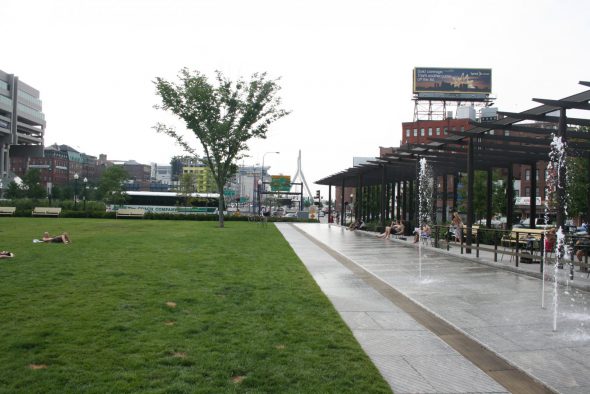
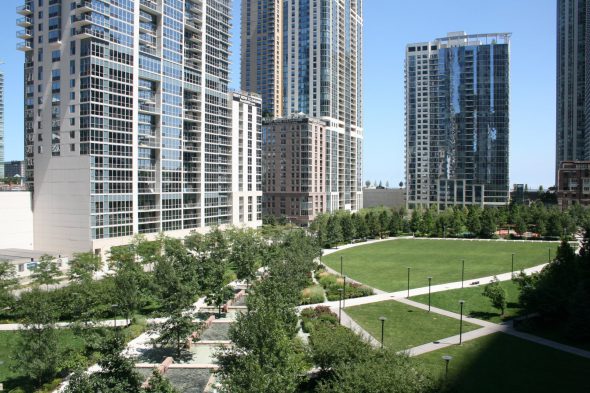
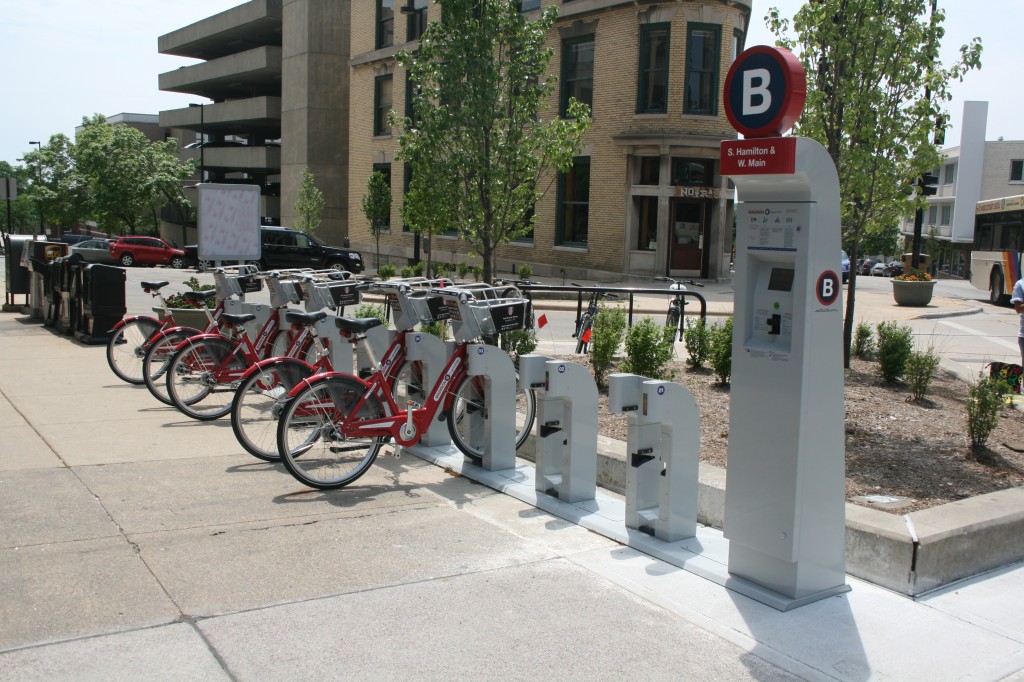
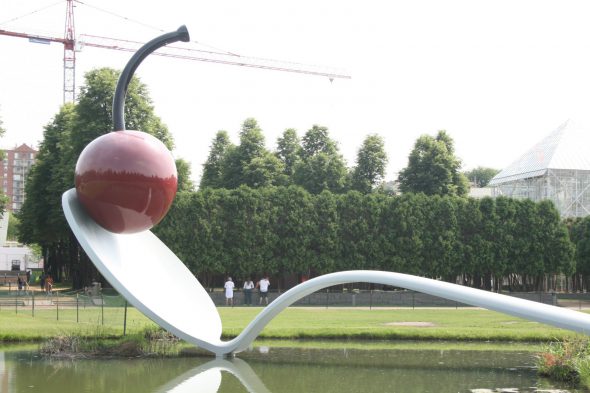
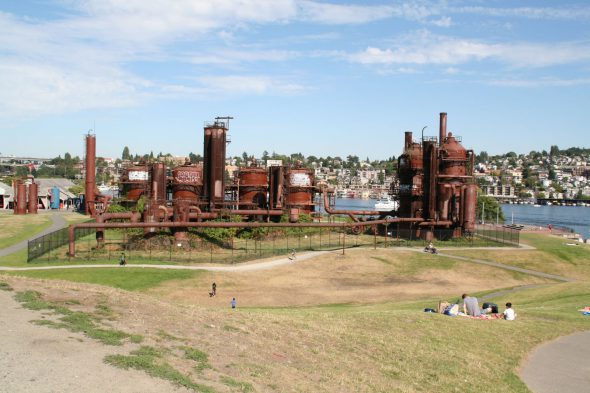
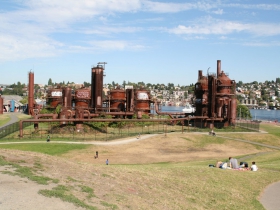
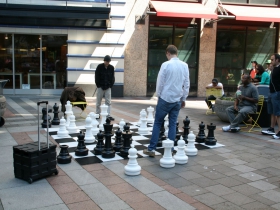
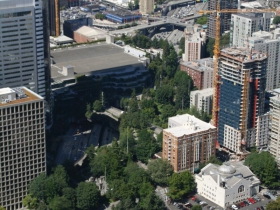

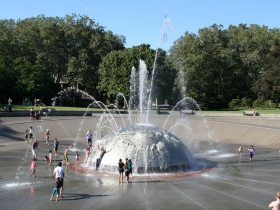
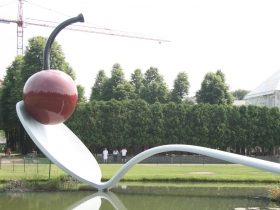




















So where on the list did Milwaukee appear?
Jerry, Milwaukee appeared in the fourth paragraph at #27; $89/per capita.
@Michael Horne – thank you for pointing that out.
I’m surprised that Milwaukee was not higher up, even closer to #1 Minneapolis. The Lake Michigan lakefront is spectacular! Not to mention, the numerous other green spaces throughout the city.
Our assets are considerable, but our operating funds are negligible. The spending per capita seems to be a good indicator. Minneapolis beats us by three to one.
Jerry, a Chicago park foundation leader told me that 30 years ago advocates there used to look to Milwaukee’s park system as a model–before Chicago began major expansion and improvements to its system. This person, who visits here often and greatly appreciates the city, strongly believes Milwaukee’s park system can regain its former glory with sufficient effort and investment from both public and private sources.
Also, historian Joseph Rodriquez wrote in “Bootstrap New Urbanism” that Milwaukee’s parks, even in a neglected state, have played a major role in repopulating the city in recent decades (in contrast to cities with fewer parks). Everyone wants to live near a park. He said that improving their functioning would pay back even greater economic and tax-base dividends.
Milwaukee parks and parkways were a model when developed as part of the City Beautiful movement during the Progressive Era (See the section on the Clas Study from Bruce’s, https://books.google.com/books?id=iEEVAAAAYAAJ&pg=PA481&lpg=PA481&dq=milwaukee+City+beautiful&source=bl&ots=Codm2ashIT&sig=wDxYy7R8ctkXPTyFBflPyDdNg-c&hl=en&sa=X&ved=0ahUKEwiul9vHvJfZAhVD3GMKHXHcBNQQ6AEIQDAD#v=onepage>History of Milwaukee, City and County [1922] 1: 482+).
Growing up in the 70s and 80s, parks were always well-kept and pavilions, etc.were clean and even the inevitable carvings of “AB+BC 4ever” were just painted into the fabric each spring. I was surprised to be back a couple years ago (I live in MI now) to find the same parks partly overgrown for lack of regular mowing and all the BBQs taken out and almost no trash cans (presumably to save on park workers which I understood came in in the Walker era?). And while Bradford Beach seems the same (though through the semi-pro volleyball circuit contributions?), the others I knew were sad to see.
Interestingly here in MI we have the State Park entry permit ties to your car registration ($11/yr, as I recall) and it lets you into all State Parks. Most everyone I know gets it for just our one local State Park, but then my little town also voluntarily passed a new recreation millage because we knew it was to be used to improve our own town. So as the problem in my fair home city seems to be the city-state bloodletting, let the people themselves decide if they want a ridiculously minimal millage to support the county parks?